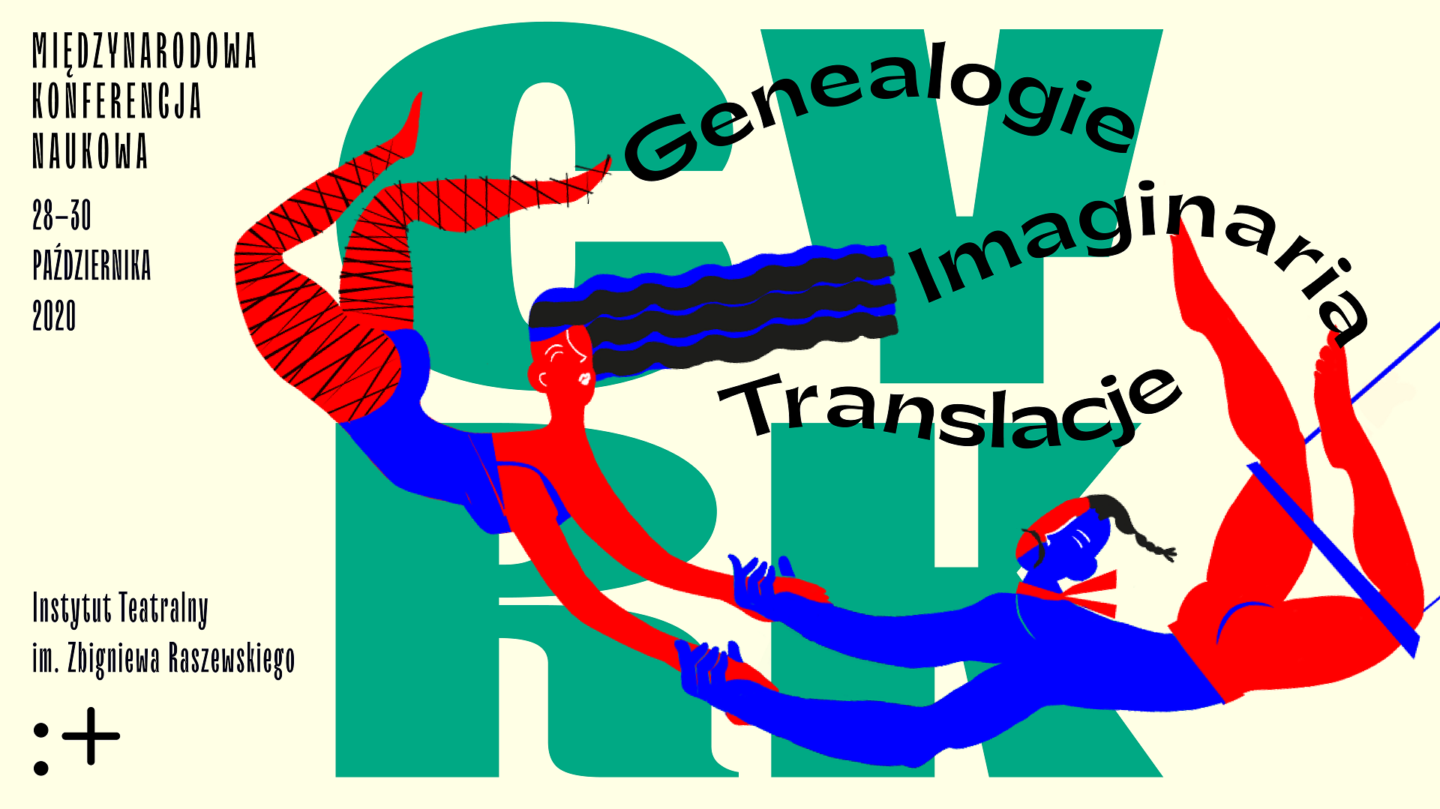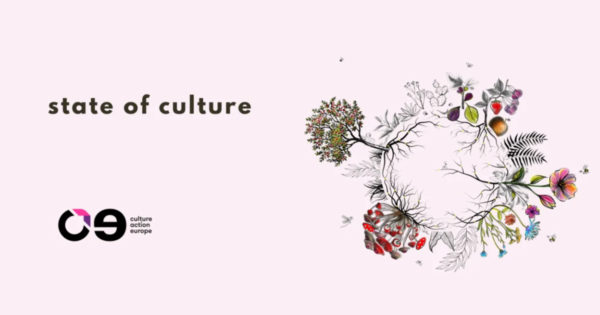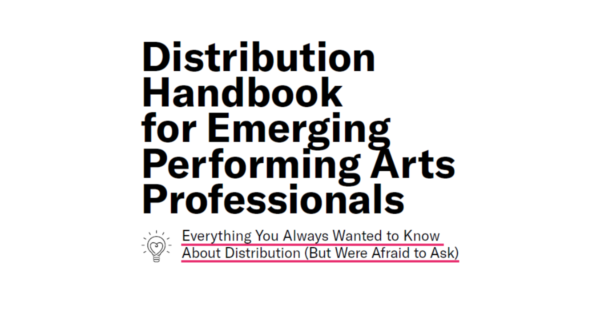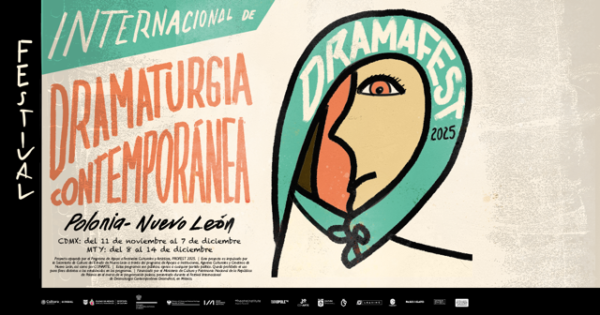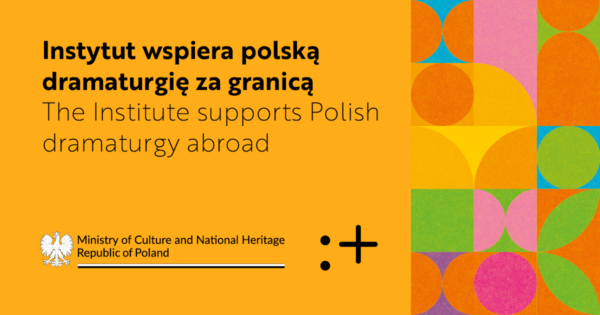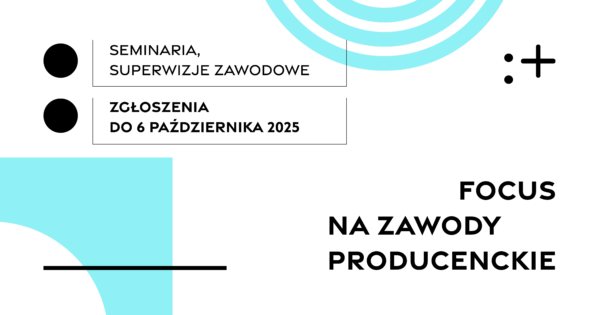The Zbigniew Raszewski Theatre Institute in cooperation with the Institute of Western and Southern Slavic Studies at the University of Warsaw and the Institute of Polish Philology at Maria Curie-Skłodowska University in Lublin invites to the international conference ‘Circus, genealogies, imaginaries, translations‘ devoted to history and image of the contemporary circus art. Conference will be held online on October 28-30, 2020 streamed via webiste, YouTube channel and Facebook of The Theatre Institute.
PROGRAMME
28 OCTOBER (WEDNESDAY)
10.00 a.m. Conference opening
10.10 a.m. – 11.30 p.m. Opening session
Eleanor Lybeck, Staging the Circus: Performance and Political Culture in Ireland, 1770-2020
Hanuš Jordan, From Private towards State-owned Circuses. Changes at the Czechoslovak Circus in 1950´s
11.50 p.m. – 13.20 p.m. Opening session (II)
Olga Kupcova, The Image of Circus and Circus Artists in Russian Art of the Silver Age
Janusz Sejbuk and Dariusz Krajewski, A Dialogue about the Polish Circus
02.40 p.m. – 04.30 p.m.
Ilona Szewczyk, Venationes et alii. The Animal in Roman Circus Performances
Barbara Pitak-Piaskowska, Barnum Circus Freak Show
Agata Chałupnik, Circus: the Animal Perspective
Aleksander Zbirański, Circus as a Mirror of the Society
29 OCTOBER (THURSDAY)
10.00 a.m. – 11.50 a.m.
Anna Gawarecka, Art or Craft? Circus Variations in Interwar Czech Literature
Magda Nabiałek, Between a Mime and a Pierrot. A Circus Artist in the Dramatic Art of the Interwar Period
Joanna Bobula, Radical Manipulations with the Classics. The Specificity of Referring to Circus Art in the Theatrical Work of Ukrainian Avant-garde Artists of the 1920s
Balbina Tarnowska, Bruno Schulz and the Circus. Images, Metaphors, Self-identifications
12.10 p.m. – 02.00 p.m.
Patrycjusz Pająk, Circus and Politics in Dušan Makavejev’s Films
Grzegorz Kondrasiuk, Circus: Archives
Sylwia Siedlecka, Spoken History of Circus
Paloma Leyton, Gravity Matters. Circus as a Device
04.00 p.m. – 06.00 p.m. “From Circus to Theatre…. and Back”. Panel discussion with Marta Kuczyńska, Maciej Nowak, Joanna Reczek-Szwed, Michał Walczak, Joanna Zdrada. Moderator – Anna Dzilińska
30 OCTOBER (FRIDAY)
10.00 a.m. – 11.50 a.m.
Grażyna Świętochowska, Expo Fair Space and Circus Performance Modes. Historical Case
Grzegorz Zyzik, Acrobats, Clowns and Holograms. AR Technology in the New Circus
Mateusz Kanabrodzki, Saint Joker, Patron of Incels
Sabina Drąg, Anna Olga Brown, Circus Search in Western Pomerania
12.10 a.m. – 02.00 p.m.
Agnieszka Korytkowska, It’s not a Circus. The Windows are Boarded up
Agnieszka Bińczycka, Review of the Pre-war Circus Press
Irina Lappo, Why were Soviet Children not Afraid of Clowns?
Bartłomiej Kotowski, Arena Free! Mirages of the Postmodern Circus
04.00 p.m. – 05.50 p.m.
Paweł Płoski, Artists for Children. Circus (and Theatre) in Healthcare
Anna Wojszel, Circus in Correctional Treatment
Rafał Sadownik, Carnaval Sztukmistrzów – History, Context and Road Map for the Contemporary Circus in Poland
Maria Babicka, Circus as the Space of Encounter or about the Theatre Institute Mobile Stage Travels
PERFORMANCES
29.10.2020, 07.00 p.m., „Miasto, którego nie było” [„Nevertown”], Kejos Collective, Laboratory, Wojciech Krukowski’s room, Centrum Sztuki Współczesnej Zamek Ujazdowski [Ujazdowski Castle Centre for Contemporary Art] | CANCELED
The title city is a semi-imaginary place. The space of encounter for people who are unique and not fully realistic. The place of constant crossing of cultures, attitudes and lifestyles; leading on the one hand to inevitable misunderstandings and conflicts, on the other, to the creation of life-giving, creative energy, composing the socio-cultural space of the city.
By recalling fictional Lublin legendary stories and historical figures, we create a multidimensional, oneiric world that perhaps has never existed, and certainly does not exist anymore, but somehow we sense its potential presence.
„Nevertown” is a show combining the circus art techniques and theatre as well as elements from related fields (dance, movement theater, visual theater).
The show is accompanied by music inspired by Polish, Jewish, Ukrainian and Gypsy folklore, as well as Polish hits of the interwar period.
The performers are five Polish actors associated with the KEJOS Collective – circus artists, and live musicians.
The performance was produced for the 700th anniversary of the City of Lublin by Carnaval Sztukmistrzów and the Ke-JoS-THe-AT-eR Association from Wrocław in association with the FAMA Library and Cultural Center in Wrocław and oFCA Festival in Oleśnica.
Script, concept and direction: Jacek Timingeriu, Marta Kuczyńska
Musical direction: Katarzyna Timingeriu
Scenography and costumes: Diana Jonkisz, Anna Hul
Light Director: Maciej Dziaczko
Starring: Marta Kuczyńska, Zuzanna Nir, Matylda Gуrska, Marcin Janiak, Adam Banach
Musicians: Katarzyna Timingeriu, Jacek Timingeriu, Mikołaj Nowicki
Duration: 50 minutes
30.10.2020, 07.00 p.m., „Life is Short Stories”, Matthias Romir, Laboratory, W. Krukowski’s room, Centrum Sztuki Współczesnej Zamek Ujazdowski [Ujazdowski Castle Centre for Contemporary Art] | CANCELED
Life is Short Stories is a collection of visual anecdotes about the meaning and madness of life. The stories are at times concrete, at times abstract; at times loud, at times quiet; at times silly, at times sombre; but they’re always comical and straight out of life. Almost entirely without words, the artist explores the sorrows, fears and hopes of a man who wants to be free from his constraints, yet is searching for a foothold.
For over twenty years, Matthias Romir has been creating short acts on the boundaries of juggling, object theatre, clowning and video art. At some point it occurred to him that many of his works have an intrinsic connection, without having been planned that way. That’s how several short stories became one long one and Romir’s first feature-length programme. The full spectrum of his work unfolds in an intense rush of images.
Written, directed and performed by Matthias Romir
Sound and Light: Hannes Volk
Videos: Matthias Romir, Anatoli Akerman
Set Design: Matthias Romir
Costumes: Anna Kemp, Matthias Romir, Jane Romir
Duration: 80 minutes
